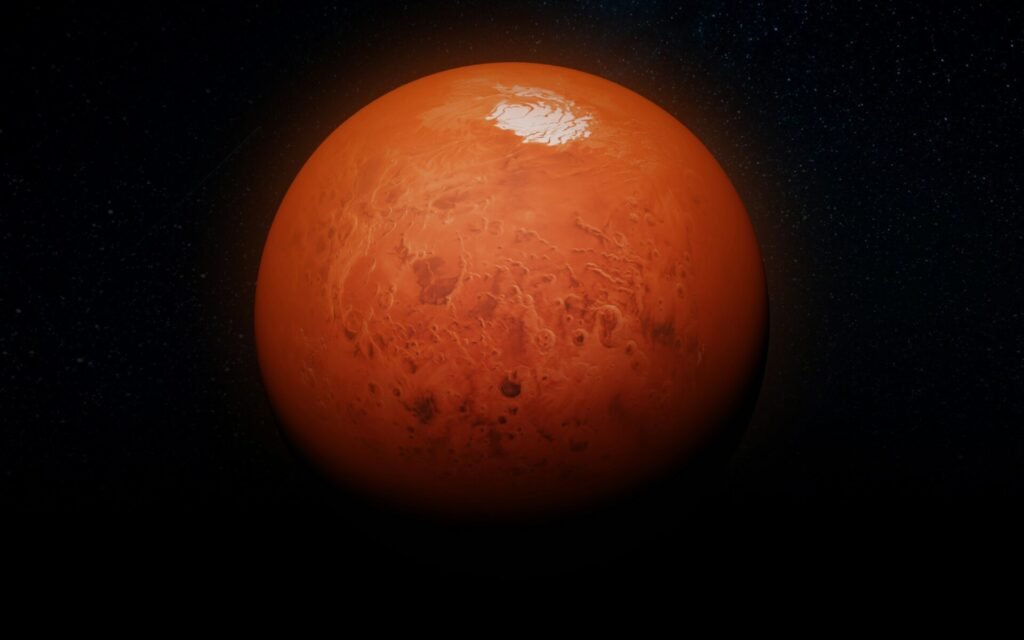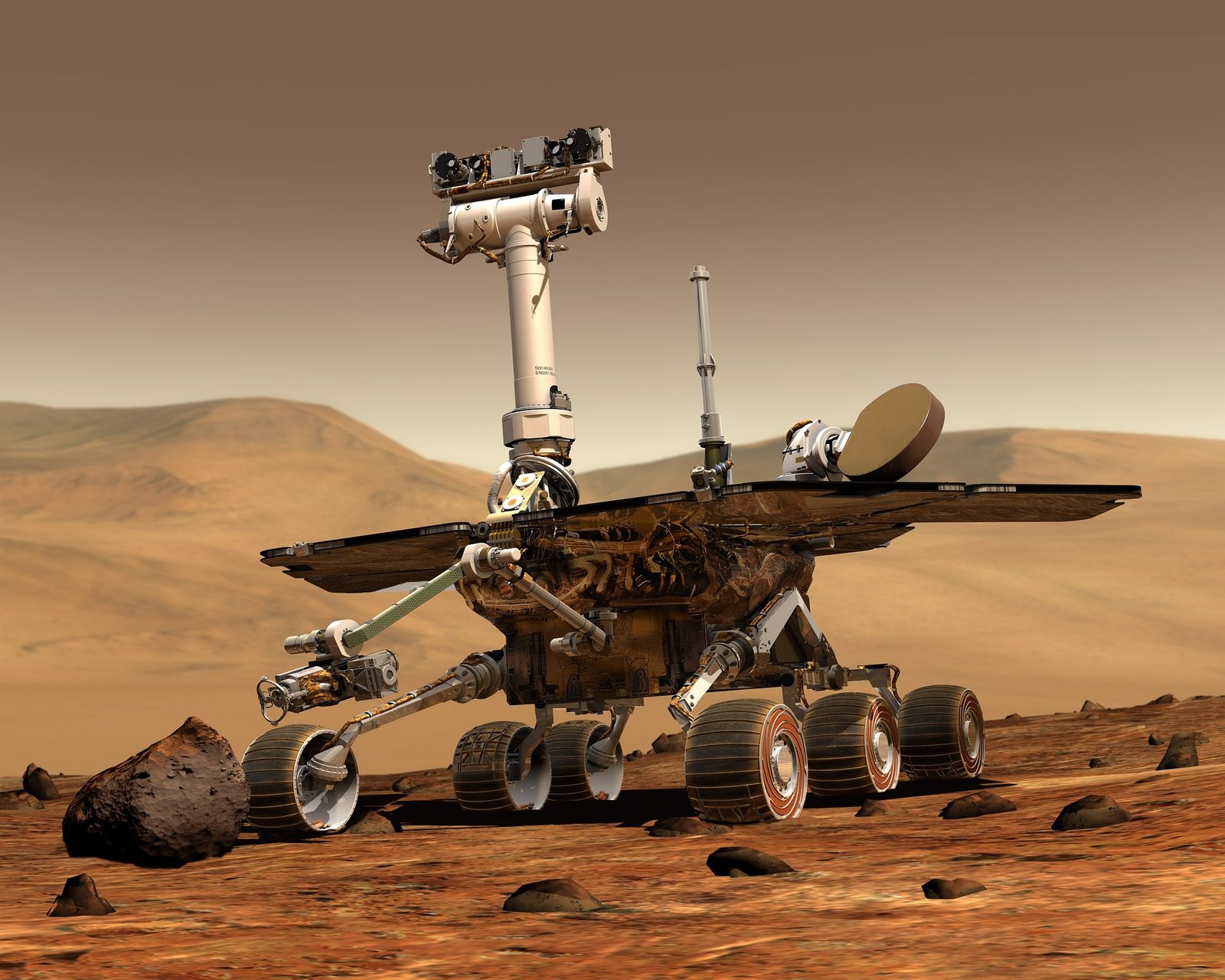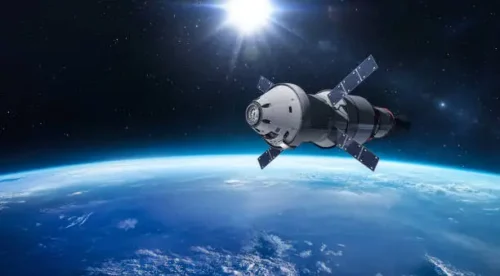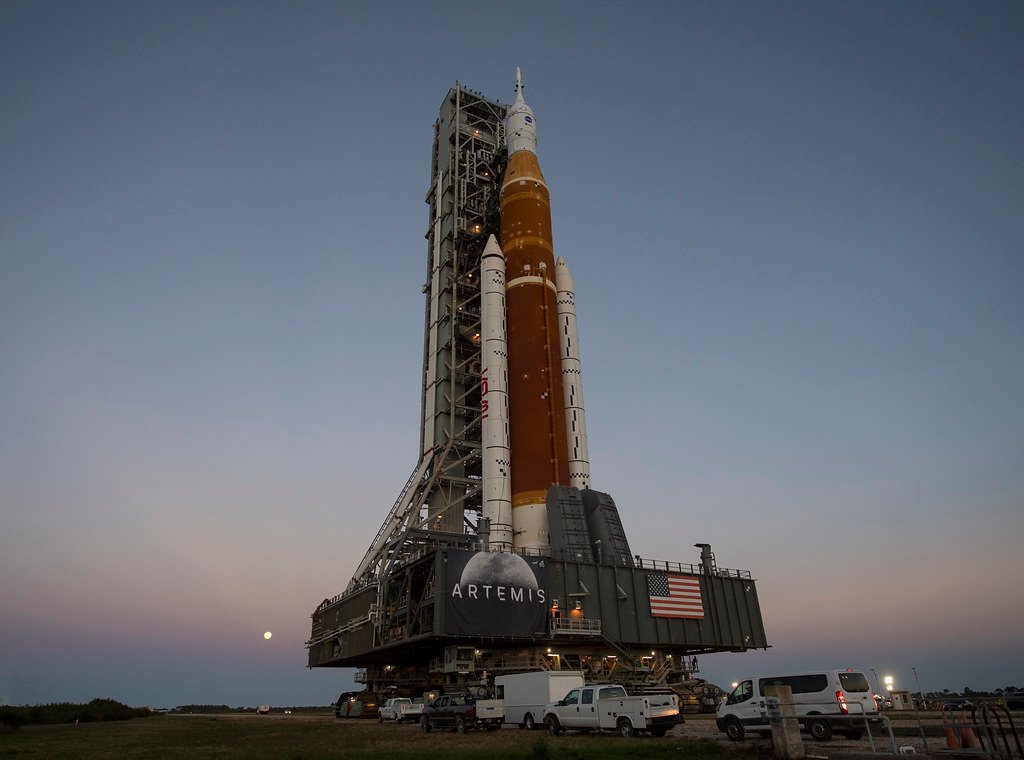Table of Contents
Introduction to Mars Colonization Project
For decades, Mars has captured humanity’s imagination as the next frontier. From science fiction stories to real-world engineering plans, colonizing the Red Planet has evolved from a dream into a concrete goal for several space agencies and private companies. But how close are we, really, to putting humans on Mars and establishing a permanent settlement?
In this article, we explore the latest plans, challenges, and breakthroughs shaping the future of Mars colonization.
Why Mars Colonization?
Even with massive challenges, Mars is the most Earth-like planet in our solar system. This is why is consider a top candidate for colonization:
- Closest planet: we can talk about a mean distance of 225 million km between Mars and Earth. Venus is closer but has extreme heat and pressure; the Moon is closer but too small and airless.
- Similar Day length: A Martian day is 24 hours and 37 minutes, very close to Earth’s, which can make human adaptation easier compared to places with different day/night cycles.
- Gravity: Mars has about 38% of Earth’s gravity – not perfect, but way better than micro-gravity on the Moon.
- Water resources: There is frozen water at the poles and possibly subsurface ice elsewhere, which is crucial for drinking, farming, and splitting into oxygen + hydrogen for breathing and fuel.
- Potential self-sufficiency: Mars atmosphere has approx 95% of CO₂ (usable for plant growth, oxygen production) and various minerals in its soil. That makes it easier to imagine building a closed-loop system over time.
Anyway, there is a huge BUT! In fact, it is foundamental to take into account the cost, the psychological stress to live in this planet, the duration to travel from Mars to Earth, extreme thermal excursion and, last but not least, radiations due to unavailability of planet magnetic field. While still a hostile environment, Mars offers the best chance for humanity to become a multi-planetary species.
SpaceX Vision on Mars Colonization Project
If we talk about Mars colonization we cannot avoid discussing about SpaceX. Elon Musk’s company has set ambitious goals:
- Starship: the fully reusable spacecraft should be able to reduce the cost per launch. To reach Mars, the plan is to launch Starship into Earth orbit. Then, it will be necessary to send a tanker to refill the spacecraft in orbit. Once fully fueled, Starship leaves Earth orbit and heads to Mars.
- Mars journey: a flight can take from 6 to 9 months, depending on planet alignment. Then, the idea is to enter Mars’ atmosphere and land vertically. Important to take into account that the target is to transport up to 100 people per trip. But, obviously, early mission will probably be performed by small crews.
- Establish infrastructure: Early missions will bring life-support systems, solar panels and, maybe, mining gear. While, the long-term goal is to produce local fuel (methane + oxygen) starting from water and CO₂ through Sabatier reaction, allowing Starship to refuel on Mars for the return trip.
Musk suggested a target date of 2030 for the first crewed mission, but to be totally honest and transparent it is very challenging and unrealistic. Anyway, it is true that SpaceX is focusing on launch costs reduction and life support systems development, in order to be capable of sustaining missions with long duration.
NASA’s Mars Colonization Plans
NASA has a more conservative but structured approach:
- According to Artemis program as first milestone, NASA plan is to build a sustainable presence on the Moon (with the Lunar Gateway station + lunar base). Then, after testing life support, radiation protection, and long-duration missions near Earth, they will send people farther.
- NASA is targeting the late 2030s or early 2040s for its first human Mars mission. Unlike SpaceX,the target is not colonization at first — instead, the goal is exploration missions, probably 30–45 days on the surface, with a crew of 4–6 astronauts.
- NASA is focusing the attention on key technologies like Nuclear thermal or nuclear electric propulsion, advanced life support and recycling systems, radiation shielding for deep-space journey and Mars ascent vehicle to get back into orbit for the return trip.
NASA emphasizes international cooperation and gradual technology development to ensure safety and sustainability in a more methodical and science-driven approach.

Mars colonization Challenges We Still Need to Solve
Colonizing Mars isn’t just about rockets. Key obstacles include:
- Radiation: Mars does not provide a global magnetosphere surface radiation is a serious health risk. On the Earth we have a magnetic field that works in order to deflect charged particles performing a sort of shield for us.
- Life support: Producing oxygen, water, and food locally is essential to ensure a sustainable life. We will face difficulties in terms of water extraction from ice, oxygen production and food generation.
- Psychological impact: Long-duration missions are mental health challenges for astronauts. Imagine be stuck into a spacecraft for 6 months, or to live in a desolate planet far from home. With communication delays and without quick rescue if something goes wrong.
- Cost: Estimated in a range of 100 billion to plus 1 trillion dollars over decades.
Each challenge requires innovative solutions across engineering, biology, and human factors. And this is why, in my humble opinion, I will be very supersized if NASA or SpaceX will be capable to reach Mars with a crew in this or next decade. Anyway, I am totally sure that it is possible and it will be something achievable in the future.
Recent Breakthroughs and Experiments
- MOXIE (Mars Oxygen In-Situ Resource Utilization Experiment) on the Perseverance rover has successfully extracted oxygen from Mars’ CO₂ atmosphere using solid oxide electrolysis. This demonstrate that it is feasible to generate breathable oxygen and oxidizer for rocket fuel on Mars!
- NASA is investigating Nuclear Thermal Propulsion capable of improve the efficiency of the chemical rockets. Unlike conventional chemical rockets, NTP systems use a nuclear reactor to heat a propellant—typically hydrogen—greatly increasing thrust efficiency. This would allow spacecraft to reach Mars significantly faster, reducing the crew’s exposure to cosmic radiation and lowering the psychological toll of long-duration isolation. A shorter transit time also means fewer supplies are needed, enabling lighter missions or more room for scientific payloads. If successfully developed and tested, NTP could become a cornerstone technology not just for reaching Mars, but for enabling sustained human presence across the solar system. Mars may be our next big step—but innovations like these ensure it won’t be our last.
- New Mars presents a harsh radiation environment due to the absence of a global magnetosphere and its thin atmosphere. This leaves the surface exposed to harmful radiation from two primary sources: galactic cosmic rays (GCRs) and solar energetic particles (SEPs). NASA research has identified hydrogen as an effective shielding element, capable of blocking both protons and neutrons—key components of space radiation. One promising material under development is hydrogenated boron nitride nanotubes (BNNTs), which consist of boron and nitrogen atoms arranged in cylindrical nanotube structures. Hydrogenated BNNTs offer a unique combination of radiation protection and structural flexibility. Researchers have successfully fabricated yarn from BNNTs, making it possible to weave this material into fabrics for space suits. This would provide astronauts with continuous radiation shielding—even during extravehicular activities or operations on the Martian surface.
How Close Are We To Mars Colonization?
While significant progress has been made, realistic estimates suggest we are still 15–25 years away from the first human boots on Mars. Building a permanent settlement may take several decades beyond that.
However, the momentum is real: governments, private companies, and international collaborations are driving forward, making Mars colonization more than just science fiction.
Mars colonization is one of the most ambitious goals in space exploration, but at present it is still a a vision for the future rather than an immediate reality. While significant progress has been made—such as NASA’s MOXIE experiment, which successfully produced oxygen from the Martian atmosphere, and SpaceX’s ongoing development of the Starship rocket capable of interplanetary travel—numerous challenges still need to be solved before humans can establish a permanent presence on the Red Planet.
Key obstacles include the harsh radiation environment due to the lack of a global magnetic field, the difficulty of landing large payloads on Mars, the need for sustainable life support systems, and the ability to produce essential resources like food, water, and fuel locally. Psychological and physiological effects of long-duration missions, along with the extreme cost and logistical complexity, add further layers of difficulty.
NASA aims to send astronauts to Mars in the 2030s or 2040s, likely beginning with short-duration missions or small research bases. A true, self-sustaining colony—capable of operating independently from Earth—would likely take several decades more. While the foundations for Mars colonization are being laid today, realizing a permanent settlement will depend on continued technological advances, international cooperation, and sustained political and financial commitment.
Key Takeaways
Even if today’s investments and technologies fall short of solving every obstacle, I believe humanity will continue to make remarkable progress in science, engineering, and exploration. Each breakthrough—whether in propulsion, life support, or radiation protection—brings us one step closer to turning science fiction into reality. The drive to explore is deeply embedded in our nature, and it’s this spirit that will carry us forward. Mars may be the first great leap, but it won’t be the last. In time, these efforts could lead not only to the colonization of Mars, but also to a new era of discovery—where humanity becomes a multi-planetary species, capable of reaching across and perhaps even thriving throughout the entire solar system.
Would you volunteer for a one-way trip to Mars? Share your thoughts in the comments!


